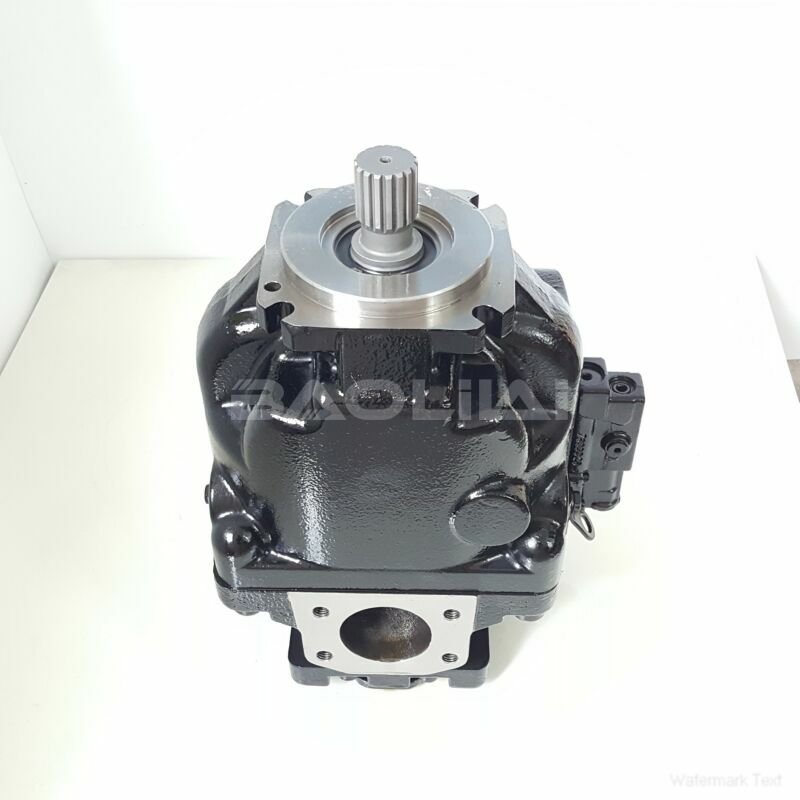ERR130BLS2520NNN3S4CPA1NNNNNNNNNN piston pump
ERR130BLS2520NNN3S4CPA1NNNNNNNNNN piston pump

- Product Details
- Applicable Scene
Hydraulic systems are essential in heavy equipment operations, providing the necessary power to perform various tasks efficiently. However, like any mechanical system, hydraulic circuits can experience issues, particularly with the hydraulic pump. Troubleshooting hydraulic pump problems is crucial to ensure the reliability and performance of heavy machinery. Here’s a step-by-step guide to help identify and resolve these issues.
ER-R-130B-LS-25-20-NN-N-3-S4CP-A1N-NNN-NNN-NNN
ERR130BLS2520NNN3S4CPA1NNNNNNNNNN
Understand the System: Before troubleshooting, familiarize yourself with the hydraulic system’s components, including the hydraulic pump, reservoir, valves, hoses, and actuators. Understanding how these components work together is vital for effective troubleshooting.

7000312
Identify Symptoms: Common symptoms of hydraulic pump issues include loud noises, decreased power output, slow or erratic movement of actuators, fluid leaks, and overheating. Documenting these symptoms can help narrow down the potential problems.
Check Fluid Levels and Quality: Low or contaminated hydraulic fluid can lead to pump failure. Inspect the fluid level in the reservoir and ensure it is within the recommended range. Additionally, check the fluid’s color and clarity; cloudy or dark fluid may indicate contamination or degradation.
Inspect for Leaks: Fluid leaks can be a major source of hydraulic problems. Examine all connections, hoses, and seals for signs of leaks. Pay close attention to the pump and its mounting area. If any leaks are found, repair or replace the affected components.
Evaluate Pump Performance: If the pump is making unusual noises or not delivering the expected power, it may be malfunctioning. Check the pump for signs of wear, such as scoring or pitting on the impellers or other internal components. If necessary, consult the manufacturer’s specifications for acceptable tolerances.





